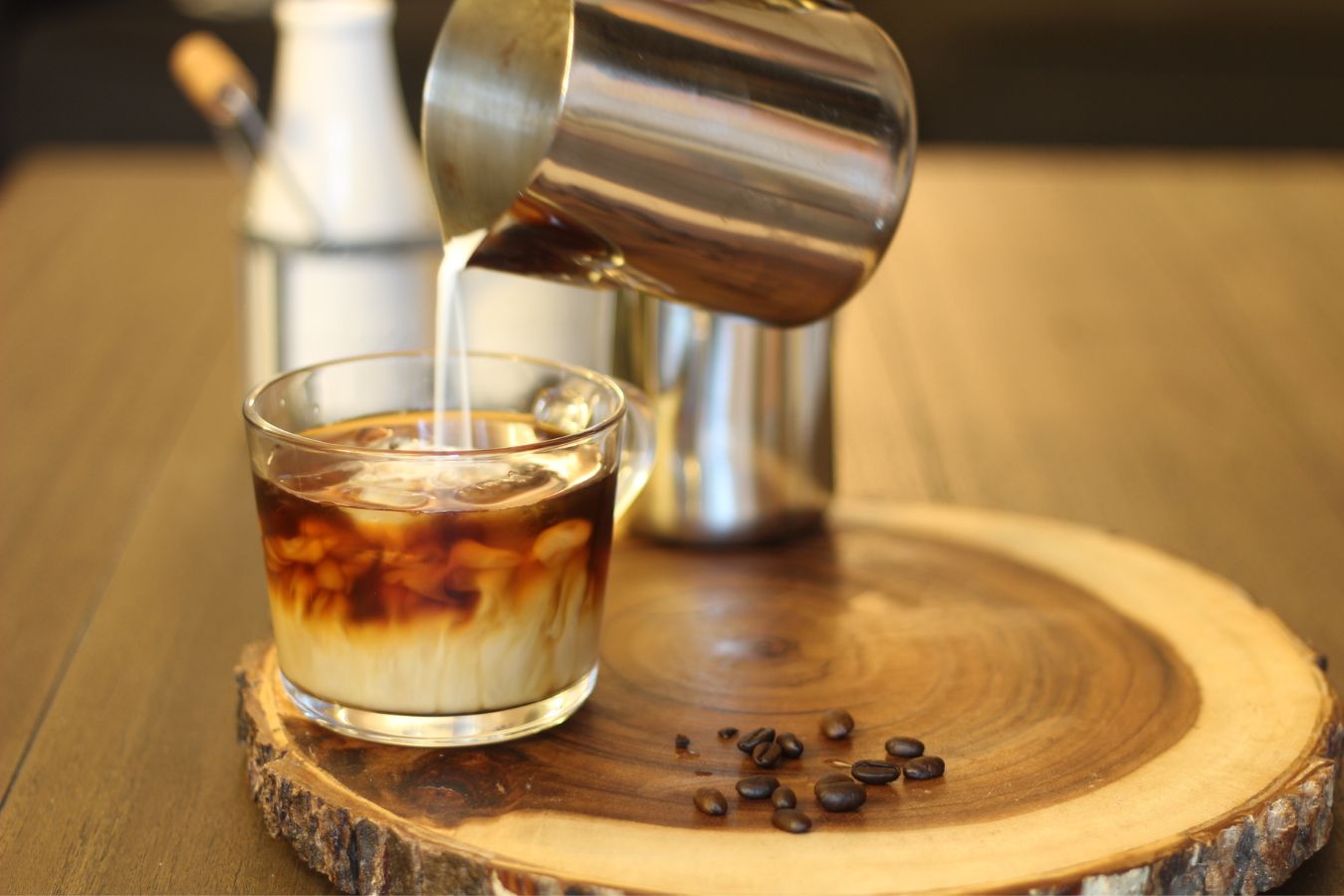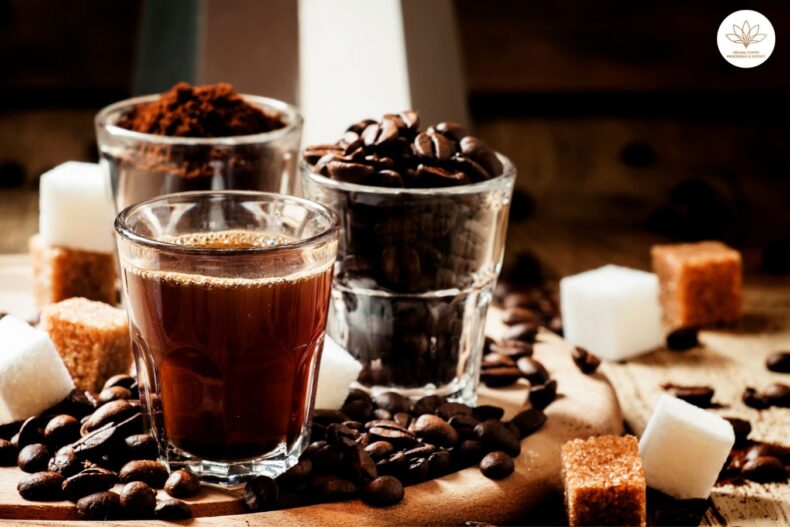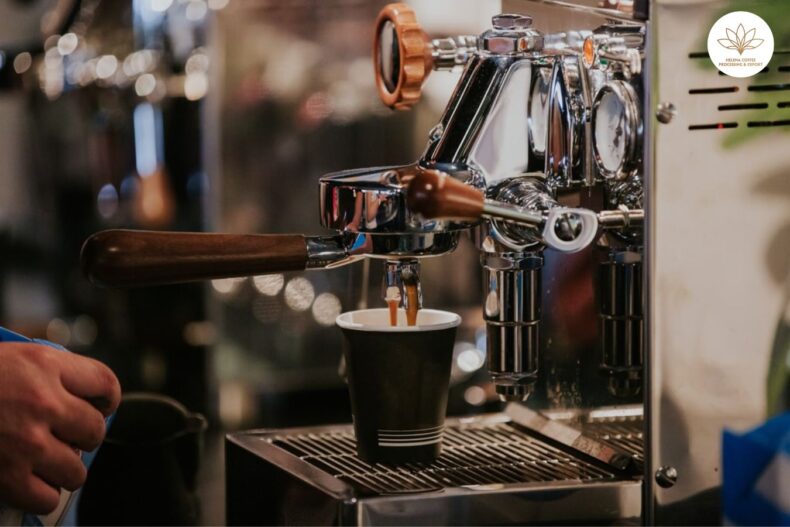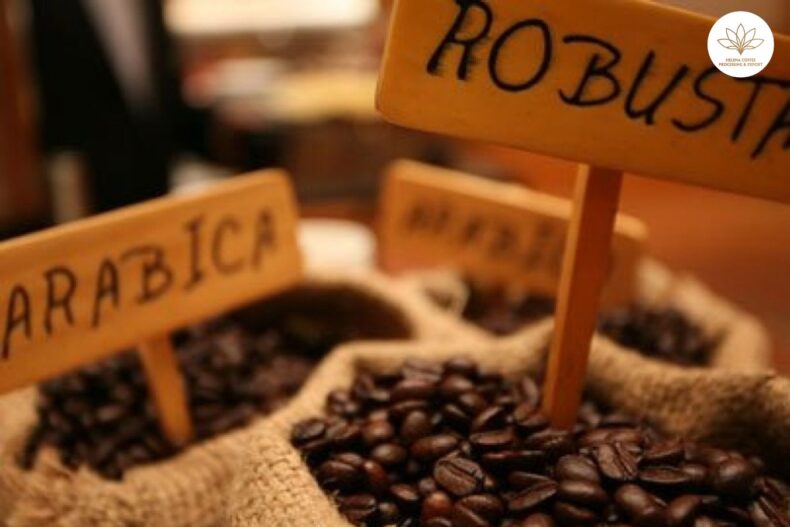
The brewing process is an important step on the way from crop to cup. Bad brewing can ruin all of your hard work up to this point, as well as the potential and flavor of the coffee. It’s disheartening how easy it is to brew coffee incorrectly, but understanding the fundamentals might help you get better outcomes and enjoy the process more. Let’s find out with Helena
Coffee beans are largely made up of cellulose, which is comparable to wood. Because cellulose does not dissolve in water, it makes up the majority of the wasted grounds we discard after brewing a cup of coffee.
STRENGTH
When discussing a cup of coffee, this is an important term that has been commonly misunderstood. The word is routinely used on supermarket coffee bags, however, it is unsuitable in this case. They’re attempting to convey how dark the coffee has been roasted and how strong the bitterness will be.
When describing a cup of coffee, the word strength should be used in the same way as it is used to describe alcoholic beverages. When you drink a beer with a 4% alcohol content, it signifies that 4% of what you drink is alcohol.
A strong cup of coffee, like a strong cup of tea, has a larger percentage of dissolved ground coffee in the hot water. There is no right or wrong when it comes to strength, there is an only personal preference.
The primary and most popular method for controlling strength is to change the ratio of coffee to water. The more coffee used to brew a cup, the stronger the final product will be. When it comes to brewing, we usually talk about the strength in terms of grams of coffee per liter of water, such as 60g/l.
A strong cup of coffee, like a strong cup of tea, has a larger percentage of dissolved ground coffee in the hot water. There is no right or wrong when it comes to strength; there is an only personal preference.
The primary and most popular method for controlling strength is to change the ratio of coffee to water. The more coffee used to brew a cup, the stronger the final product will be. When it comes to brewing, we usually talk about the strength in terms of grams of coffee per liter of water, such as 60g/l. To make a cup of this strong coffee, you must first determine how much coffee you want to boil.
MEASUREMENTS THAT ARE EXACT
Changes in the way coffee are brewed can have a significant impact on flavor. The amount of water you use is one of the most significant factors, and consistency is one of the most critical components of brewing. Place the coffee brewer on scales so you can precisely measure the amount of hot water you’re adding. Keep in mind that 1 mL of water equals 1 g. This will offer you a lot more control over your brews and vastly increase their quality and consistency. Simple digital scales are inexpensive, and many people already own one. While it may appear to be a little obsessive at first, you will never want to brew any other way.
MEASUREMENTS TO THE PERFECT DEGREE
Changes in the way coffee are brewed can have a significant impact on flavor. The amount of water you use is one of the most significant factors, and consistency is one of the most critical components of brewing. Place the coffee brewer on scales so you can precisely measure the amount of hot water you’re adding. Keep in mind that 1 mL of water equals 1 g. This will offer you a lot more control over your brews and vastly increase their quality and consistency. Simple digital scales are inexpensive, and many people already own one. While it may appear to be a little obsessive at first, you will never want to brew any other way.
For anyone who wants to make consistently good coffee, a set of digital scales is a good investment.
SUGAR, MILK, AND CREAM
The majority of coffee enthusiasts are aware that milk and sugar are considered taboo by those who work in the industry.
This is seen as snobbery by some, and it is a topic of contention amongst coffee specialists and consumers.
Professionals frequently overlook the fact that most coffee supplied across the world requires something to make it more drinkable. Coffee from a low-cost commodity that has been improperly roasted or brewed is generally harsh and lacking in sweetness.
Milk, especially cream, helps to mask some of the harshnesses, while sugar helps to make it more palatable. Many individuals become accustomed to the taste of milk and sugar in coffee and will then add them to a unique cup of coffee that has been brewed with care. For a barista, professional roaster, or someone who is simply passionate about quality coffee, this may be a source of irritation.


